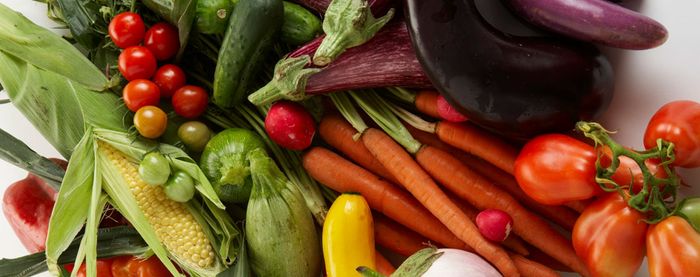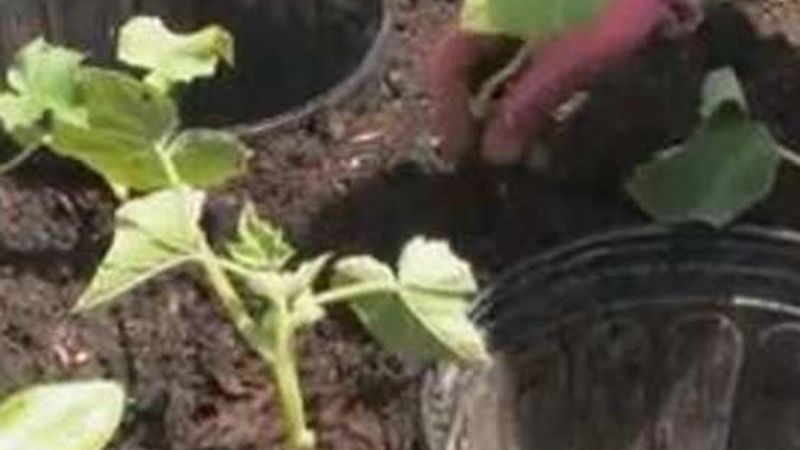How to Plant Squash
Whether you’re growing summer or winter squash, here’s a planting method for easy watering
Welcome to Homegrown/Homemade, a video series from FineGardening.com. We’ll be following a gardener (Fine Gardening executive editor Danielle Sherry) and a cook (Sarah Breckenridge) as they plant, maintain, harvest, store, and prepare garden vegetables. If you’re new to vegetable gardening, you’ll find these videos very helpful. In this video, the topic is squash.
Summer squash (zucchini, yellow squash, etc.) have a tender skin and are best eaten when young; winter squash (butternut, acorn, etc.) develop a hard skin and will keep for many months after they are harvested. In these videos, Sarah and Danielle are planting summer squash, but the methods shown apply equally well to winter squash.
Episode 1: How to Plant Squash
Don’t plant squash seeds too early in the season. It’s best to wait until the soil warms up to about 70°F.
Squash is often planted in mounds (hills), but Danielle shows Sarah a method that makes better sense in terms of watering. Squash need a lot of water, and a plastic pot dug into the soil makes the perfect water reservoir. You plant the seeds around the edge of the pot. When you water the growing plants, you simply fill up the pot, and the plants get water at the roots, where it will do the most good.
Plant four to six seeds ½ inch deep and 2 to 3 inches from the pot’s edge. After a week or two, the seeds will germinate. While the plants are young, water them directly, not through the pot, and thin to the strongest two or three plants.
Episode 2: How to Care for Squash
Squash borers, which tunnel into the squash stems and kill them from the inside, are the biggest problem with growing squash. The best defense is to keep them from getting in, and you can do this by wrapping the young stems with a short length of panty hose. If you do notice wilting squash plants, check the stems for signs of borer entry. Squash borers can be dealt with by slitting the stem lengthwise, removing and destroying the borer, then burying the stem in soil. This squash surgery is not for the squeamish, though.
Episode 3: How to Pollinate Squash
Once squash establishes itself, flowers will appear, followed shortly thereafter by squash. If you notice immature squash turning brown and rotting on the vine, lack of pollination may be the problem. Fortunately, there’s a simple solution: you can hand-pollinate the squash. First, determine the difference between female and male flowers. Female flowers have a bulge at the at the base of the flower; male blossoms, which are more numerous than female blossoms, have no bulge. Take a male flower, pull off the petals, and use the stamen and anther, which are covered with pollen, as a brush to pollinate the female flowers. Apply the brush to the central stigma of the female flower. Fertilization occurs, and fruit will develop quickly.
Episode 4: How to Harvest Summer Squash
Summer squash can be harvested when it’s tiny, but the optimum size for oblong varieties is 8 to 12 inches long, and for round types, 4 to 8 inches in diameter. The skin of the squash should be shiny, not dull. Squash can usually be twisted off the vine, but sometimes a scissors helps. Check your squash patch frequently for ripe fruit. The more you pick, the more the plants will produce.








Comments
Log in or create an account to post a comment.
Sign up Log in